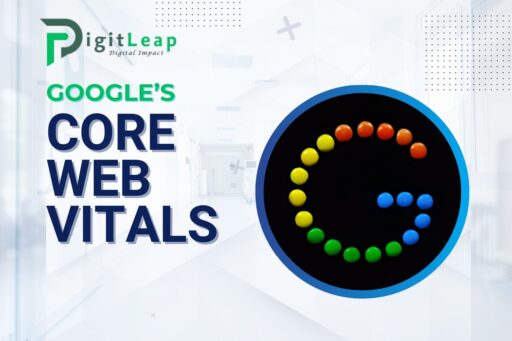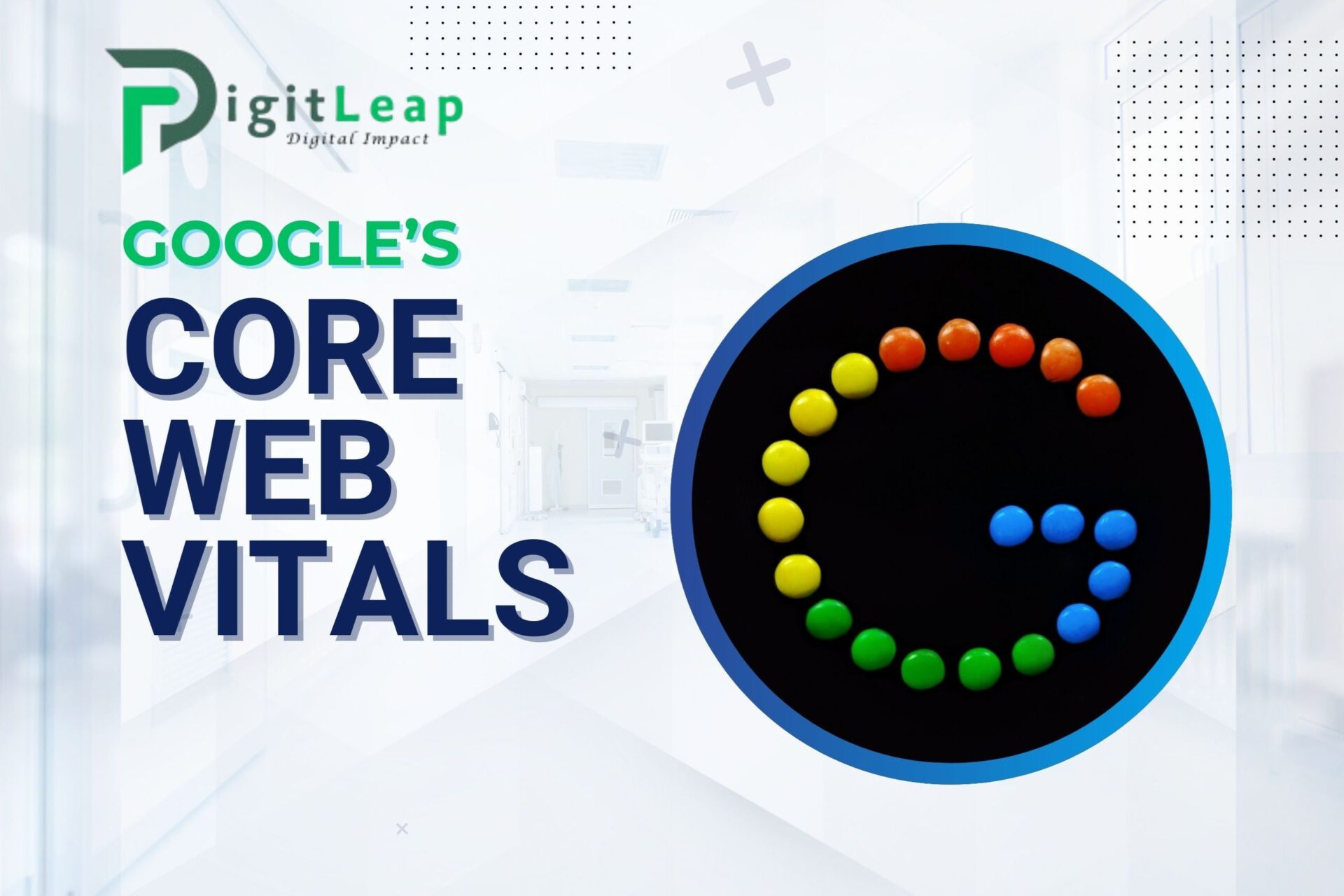Introduction
Google’s Core Web Vitals have become a fundamental aspect of SEO strategy in recent years. They represent a set of metrics that help website owners understand how their pages perform in terms of user experience. Since Google’s algorithms are increasingly prioritizing user satisfaction, understanding and optimizing for Core Web Vitals is crucial to ensure better rankings and a more seamless browsing experience.
But what exactly are Core Web Vitals, and why do they matter so much for SEO? In short, these are key performance indicators that measure different aspects of user experience, such as page load times, interactivity, and visual stability. They play a significant role in how Google evaluates the overall quality of a website.
The Three Core Web Vitals Metrics
Let’s break down the three main Core Web Vitals and how they affect your website’s performance.
Largest Contentful Paint (LCP)
LCP measures how long it takes for the largest element on a web page to load. Typically, this could be a large image, video, or text block. A quick LCP indicates that the primary content is rendering efficiently, ensuring users can interact with your site faster.
Ideal LCP Score
An ideal LCP score is 2.5 seconds or less. Anything longer may frustrate users and lead to higher bounce rates.
Strategies to Improve LCP
- Optimize Images: Compress and resize images to reduce load times.
- Leverage Browser Caching: Store frequently accessed files locally on the user’s device.
- Upgrade Hosting Services: A faster server can drastically reduce your LCP score.
First Input Delay (FID)
FID measures the time it takes for a page to become interactive—how long it takes from when a user first interacts with the page to when the browser actually responds.
Ideal FID Score
A good FID score is under 100 milliseconds. A longer delay can create frustration, especially on interactive pages like sign-up forms or checkout pages.
How to Reduce FID
- Minimize JavaScript Execution: Avoid heavy JavaScript files that slow down responsiveness.
- Use Web Workers: Offload expensive JavaScript operations to background threads.
Cumulative Layout Shift (CLS)
CLS measures the visual stability of a page. Have you ever tried to click a button, only to have the page layout shift and cause you to misclick? That’s what CLS measures. A stable page leads to a smoother user experience.
Ideal CLS Score
An ideal CLS score is less than 0.1. Anything higher may cause user frustration, especially on mobile devices.
Techniques to Reduce CLS
- Specify Size Dimensions for Media: Always set width and height attributes for images and videos to prevent unexpected shifts.
- Avoid Inserting Content Above Existing Content: Ads or images that load after other elements can push content down, leading to a higher CLS score.
How Core Web Vitals Fit into Google’s Page Experience Update
In 2021, Google rolled out the Page Experience update, where Core Web Vitals became a ranking signal. This update focuses on creating a better browsing experience by prioritizing pages that load quickly, are interactive, and visually stable. Core Web Vitals are now a cornerstone of how Google evaluates a site’s usability, making them essential for any SEO strategy.
Why Core Web Vitals Matter for User Experience
It’s not just about ranking; Core Web Vitals directly impact how users experience your website. When pages load faster and interact smoothly, users are more likely to stay longer and engage more deeply. Websites that perform well in Core Web Vitals generally see lower bounce rates and higher conversion rates. When visitors enjoy a fast, stable experience, they’re more likely to return.
Common Issues Affecting Core Web Vitals
Several factors can negatively affect your Core Web Vitals:
Slow Server Response Times
A sluggish server can increase LCP times. To address this, consider upgrading your server or switching to a better hosting provider.
Render-Blocking Resources
CSS and JavaScript files can block the rendering of important content. Minimizing and deferring non-essential files can help speed up load times.
Unoptimized Images and Videos
Large, uncompressed images and videos are the main culprits for slow load times. Always compress media files to improve both LCP and CLS scores.
Tools to Measure and Analyze Core Web Vitals
Several tools can help you track and improve your Core Web Vitals:
Google’s PageSpeed Insights
This tool provides a detailed analysis of your website’s performance, including Core Web Vitals metrics, and offers actionable suggestions for improvement.
Lighthouse
Lighthouse is a Chrome-based tool that runs audits on your website, focusing on performance, accessibility, and SEO, with a dedicated section for Core Web Vitals.
Chrome UX Report
This tool collects real-world user performance data, giving you insight into how actual users experience your website.
How to Improve Core Web Vitals for Mobile Optimization
With mobile browsing now accounting for over 50% of web traffic, optimizing Core Web Vitals for mobile is essential. Mobile users often experience slower networks and smaller screens, which can impact loading times and interactivity.
Specific Mobile Strategies for Improving Core Web Vitals
- Use Responsive Images: Serve smaller, compressed images to mobile users.
- Optimize CSS for Mobile: Minimize the number of CSS files to reduce render-blocking resources on mobile devices.
The Importance of Monitoring Core Web Vitals Regularly
Improving your Core Web Vitals is not a one-time task. Regular monitoring is crucial to ensure your site remains optimized as content changes and as Google updates its algorithms.
Setting Up Alerts for Performance Changes
Tools like Google Search Console allow you to set up alerts for when your Core Web Vitals fall below ideal thresholds, helping you stay proactive.
Impact of Core Web Vitals on E-commerce Sites
For e-commerce sites, improving Core Web Vitals can have a direct impact on sales. Faster product pages and stable checkout processes reduce cart abandonment and enhance the overall shopping experience.
Enhancing Product Pages for Faster Load Times
Optimize images, scripts, and third-party services to speed up page loads and improve conversion rates.
The Relationship Between Core Web Vitals and Site Speed
Core Web Vitals are intertwined with overall site speed. Faster sites rank better and provide a smoother user experience, making speed a vital component of both SEO and user satisfaction.
Technical SEO and Core Web Vitals
Developers play a significant role in improving Core Web Vitals. SEO specialists should collaborate closely with development teams to optimize code, scripts, and resources that impact web performance.
Content Delivery Networks (CDNs) and Core Web Vitals
CDNs help by delivering content from servers closer to the user, improving both LCP and FID. Popular CDNs like Cloudflare and Akamai can drastically reduce load times by caching content globally.
Prioritizing Core Web Vitals in Your SEO Strategy
With Core Web Vitals now firmly established as a ranking signal, they should be a top priority in your 2024 SEO strategy. But don’t forget to combine them with traditional SEO practices like keyword optimization, meta tags, and quality backlinks.
The Future of Core Web Vitals in SEO
As Google continues to emphasize user experience, it’s likely that Core Web Vitals will evolve. New metrics or refinements to existing ones may appear, requiring continued focus on performance and usability.
Conclusion
Optimizing for Google’s Core Web Vitals isn’t just about improving your ranking; it’s about providing the best possible user experience. Whether it’s reducing load times, improving interactivity, or ensuring visual stability, focusing on these key metrics will set your site apart. Make Core Web Vitals a central part of your SEO strategy, and you’ll see the benefits in both rankings and user satisfaction.
FAQs
Q.1 What is the Ideal Core Web Vitals Score?
An ideal LCP is under 2.5 seconds, FID under 100 milliseconds, and CLS under 0.1 for the best performance and ranking potential.
Q2. How Often Should I Monitor Core Web Vitals?
You should monitor Core Web Vitals regularly—at least once a month. Regular audits will help you stay on top of any performance issues.
Q.3 Can Core Web Vitals Impact My Google Ranking?
Yes, Core Web Vitals are a confirmed ranking factor, so poor scores can negatively impact your search visibility.
Q.4 Are Core Web Vitals the Same for Mobile and Desktop?
The metrics remain the same, but the performance can vary. Mobile devices often need more optimization due to slower networks and smaller screens.
Q.5 How Long Does It Take to See Improvements in Core Web Vitals?
Once you make the necessary changes, you can see improvements in your scores within a few weeks, depending on how quickly your site is crawled and indexed by Google.






